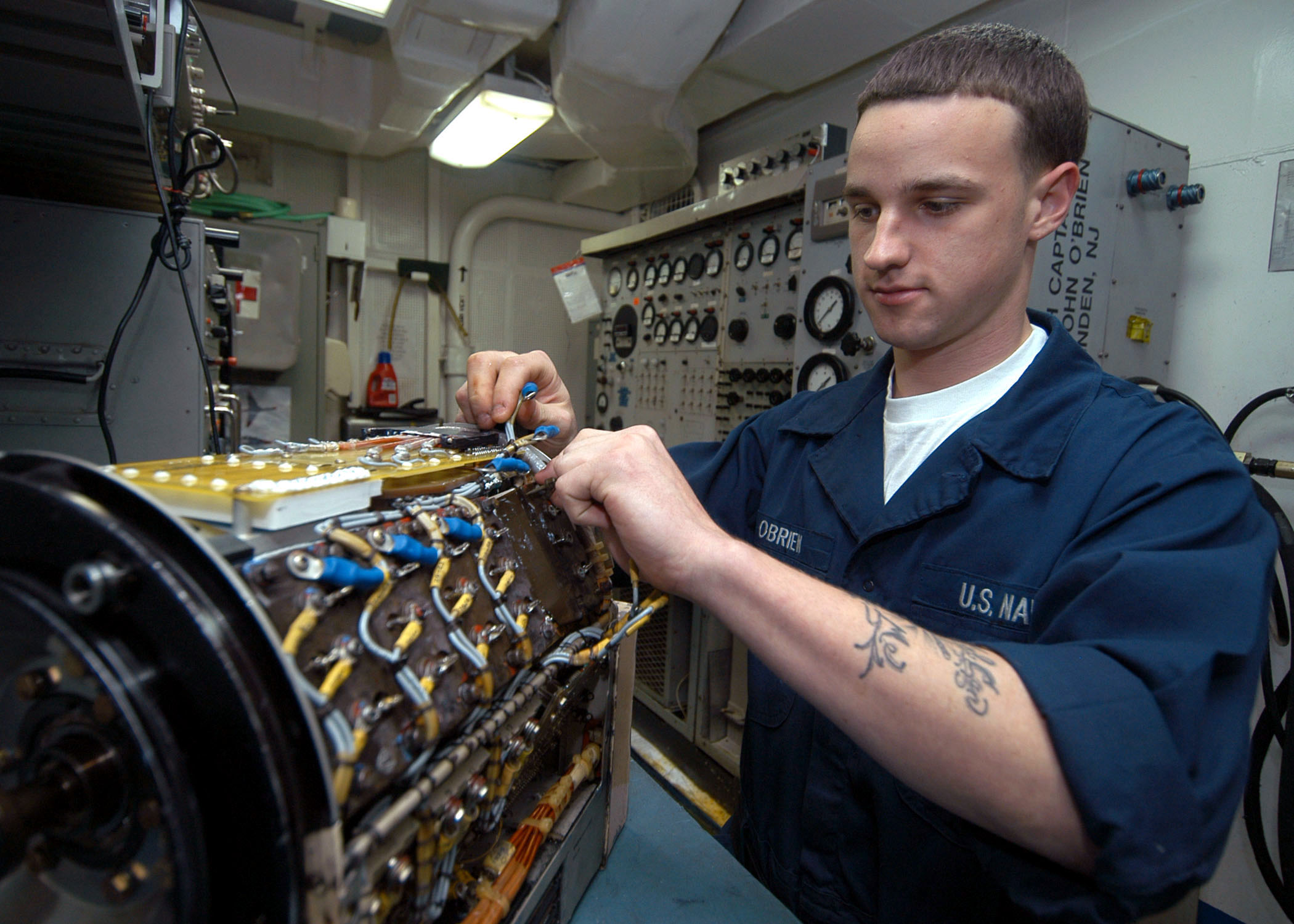Solar energy and solar panels are very much in trend. However, they still have a lot of distance to cover as far as competing with fossil fuels is concerned. According to some individual experts and research scholars, making solar cells flexible and thin is imperative for it to pose a real threat to fossil fuels. Flexible solar cell or flex solar panel is getting discussed for the first time here, and this is also definitely not the last time.
They have been heavily discussed in the past. However, people typically reduce the value of flexible solar cells to potential use on backpacks or tents, where they are unlikely to bring down significant fossil fuel usage or carbon emissions. Proponents of flexible solar panels like the same for their ability to bring down shipping and installation expenses.
Unlike the current-gen rigid and class-encapsulated panels, flexible panels need not be safeguarded by rigid frames during shipping. This means they would eat up less space in containers, decreasing shipping expenses. Also, they are lighter and easier to install.
The only thing that has prompted the industry to not adopt flexible panels with the same vigor and excitement as traditional panels is the lower efficiency levels. But that is not a real concern since a lot more of the flexible solar cells can make up for the deficit. Moreover, advancements in technology would eventually render flexible cells a lot more worthwhile than what they are today.
There are two ways to incorporate extremely efficient solar cell substances in flexible solar cells. One method entails depositing gallium arsenide over a hard surface, and later peeling off the chemical to produce a flexible cell. The other method is about growing crystalline silicon as arrays of polymer-embedded wires. The end material is resilient enough to withstand a drop on a hard surface.
A question that shall crop in most people’s minds is the durability of these solar cells. Modern-day solar panels, which come glass-encased, can easily last for quite a few decades. It would take some good amount of testing to exhibit that these plastic pieces that otherwise look quite flimsy could last equally long.
All of the aforementioned information is expert opinions on the matter. These experts even believe the cost of producing and setting up these solar cells could be a dollar or lesser than that for every watt produced, which is sufficiently low to combat fossil fuels. Not to mention, solar panels are already competing against fossil fuels in certain conditions in sunny regions. The thing pending is just the technology to get commercialized.




